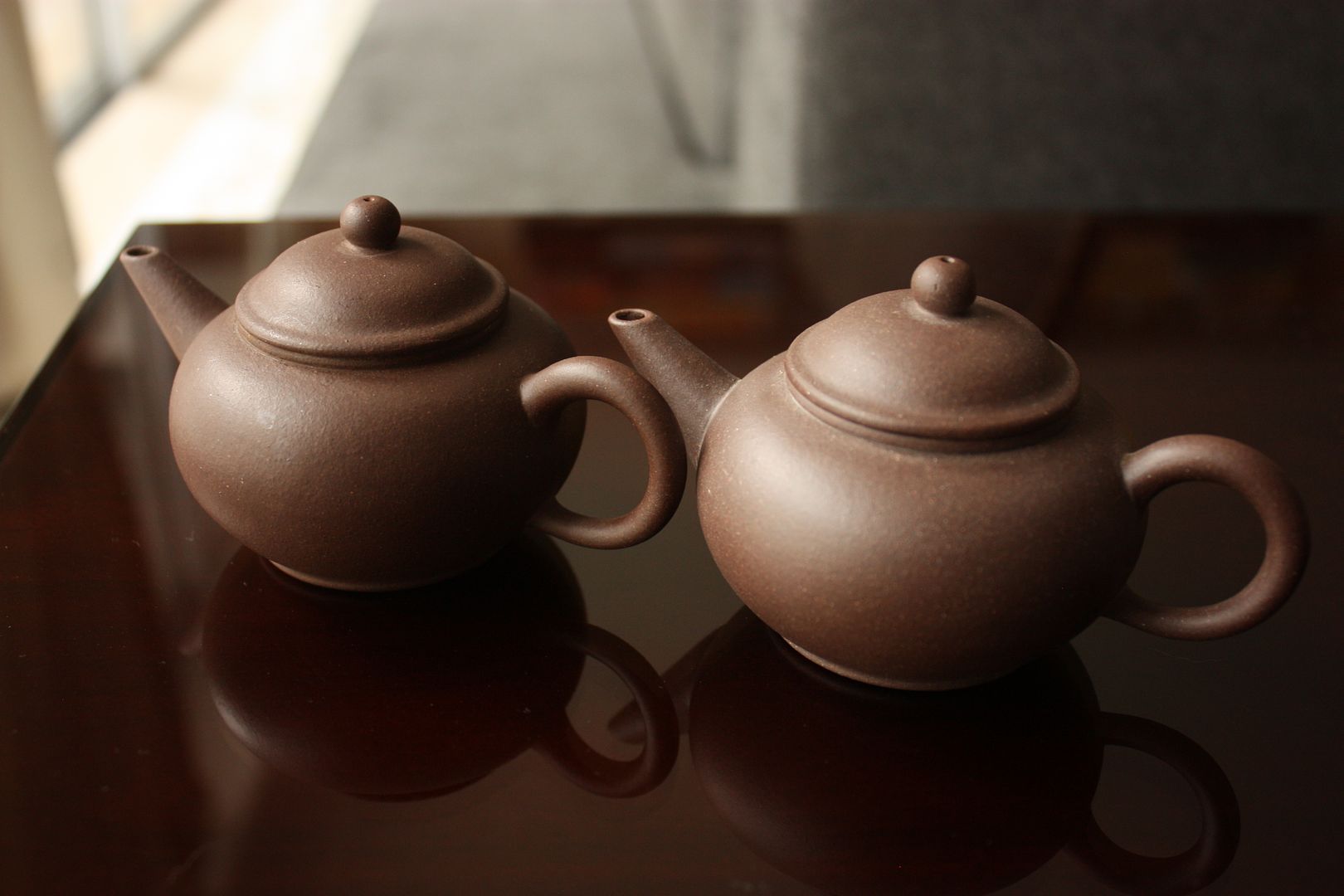So, what’s in Yixing clay anyway?
Last year I got in touch with Professor NH Cheung of the Department of Physics of Hong Kong Baptist University, because they have this technique that they have been using to do spectroscopy on various things – forensic analysis on ink toners, for example, among others. They can use it to figure out what elements are present in any given substance without causing damage to the material itself. Well, what better than this to test if Yixing clay has lead or not? After all, that’s what everyone’s worried about, it seems, and this method seems infinitely better than the rather dodgy lead test kits that you can buy. So we got in touch, and Professor Cheung’s PhD student (soon to be Dr) Bruno Cai conducted the tests. You can read the full report here: 2012.12.31 Report of PLEAF analysis on yixing tea pots-1
I asked them to take samples from both the lid and the base of the pot, so as to get a more general sense of whether there are differences. I also gave them two pots – identical ones from, presumably, the same batch, which are here listed as “sample 1 and sample 2″. I thought it might be interesting to test to see if they share similar characteristics. In case you’re wondering, they’re the same as these ones:
The quick summary is – no lead (Pb). Among the elements present are: Aluminium, Calcium, Iron, Magnesium, Silicon, and Titanium. We don’t know in what quantity they are there, but that’s a start.
We might try to do more tests on different pots. They have also done tests on yixing ware previously – some reddish yixing cups, to be precise. The signatures are a bit different. This could get interesting.
